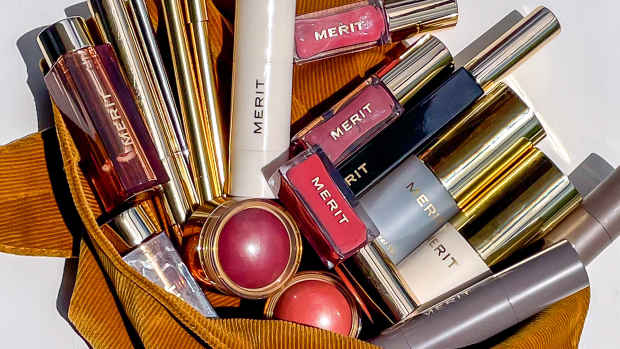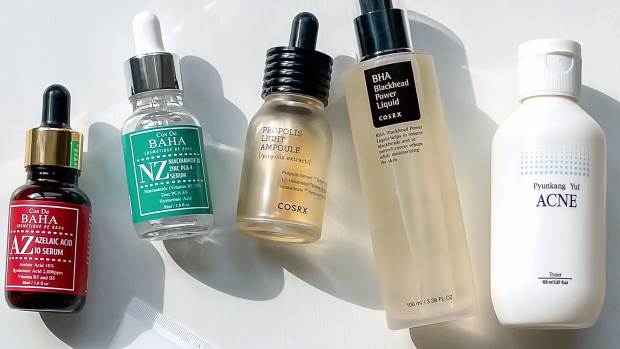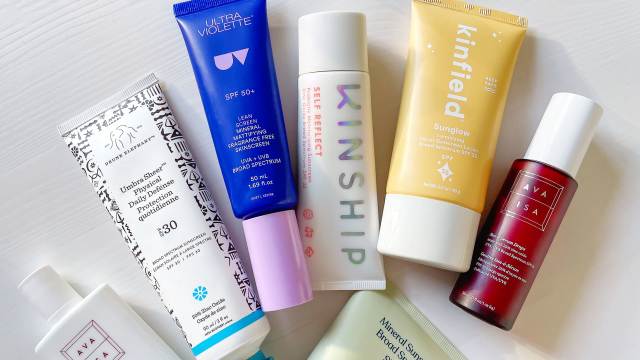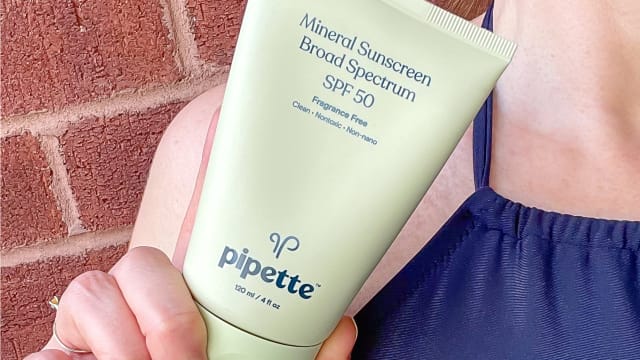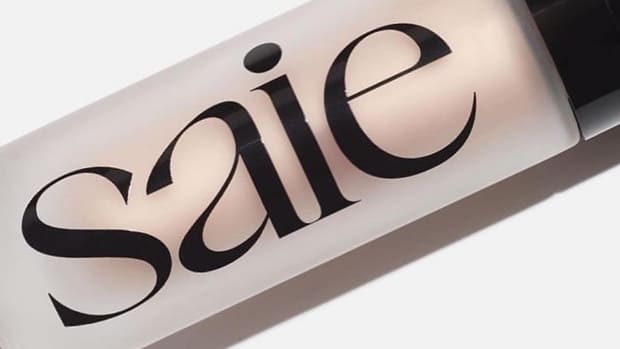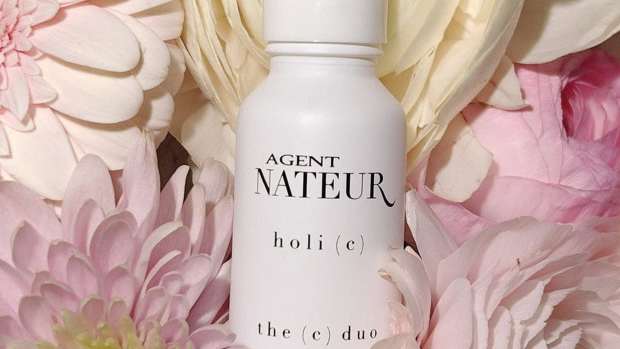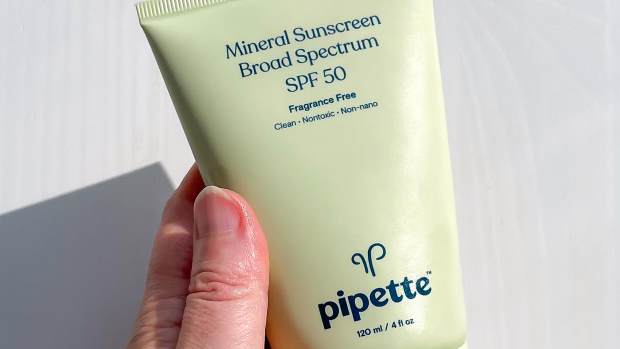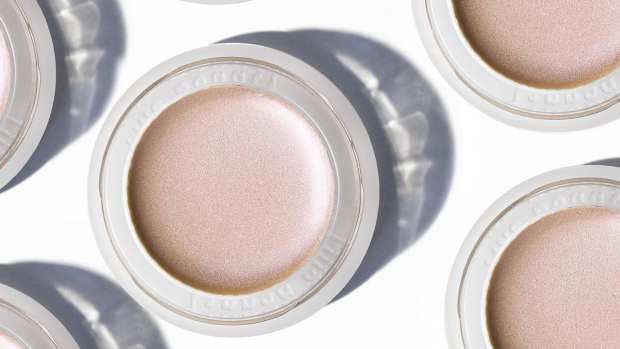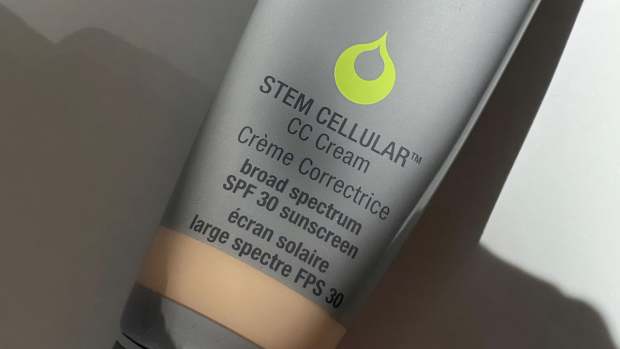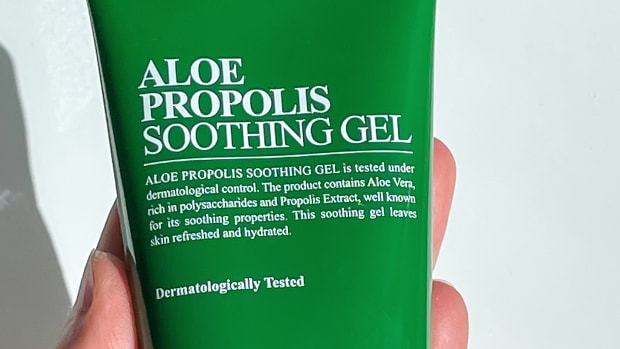Editor’s Picks: 12 of the Best After-Sun Lotions to Soothe, Hydrate and Repair Your Skin
You already know how important it is to wear (and re-apply) sunscreen whenever you’re outdoors. But there’s one more step to complete your suncare routine: an after-sun lotion.
You might think that after-sun products are only necessary when you’ve had a sunburn—but think again. Research shows that even if you don’t burn, UV light can disrupt your skin barrier and trigger dryness and inflammation.1,2,3 It can also lead to DNA damage that you can’t see, which continues for hours after sun exposure.4
That’s why it’s a good idea to apply soothing, hydrating and reparative ingredients as soon as you can after spending time in the sun.
Below, discover the best after-sun lotions, why I chose them, and what you need to know about each one.
The Best After-Sun Lotions of 2024
Best Moisturizing
Burt’s Bees Aloe & Coconut Oil After Sun Soother
Best Cooling
Vacation After Sun Gel
Korres Cooling After-Sun Gel
Best Clean Beauty
Babo Botanicals After Sun Soothing Hydrating Gel
Best K-Beauty
Aromatica Organic Aloe Vera Gel
Benton Aloe Propolis Soothing Gel
Holika Holika Aloe 99% Soothing Gel
Best Aloe
Badger Aloe Vera After Sun Gel
Best Sprays
Kinfield Sunday Spray Cooling Aloe Mist
Suntegrity Trifecta Power Mist
California Baby Aloe & Arnica Soothing Spray
Best Splurge
Dr. Barbara Sturm Aloe Vera Gel
What to Look For in an After-Sun Lotion
This is what I like to see in an after-sun product:
- High in humectants: Lightweight hydrating ingredients like aloe, glycerin and hyaluronic acid work to draw water into your skin, restoring moisture levels.5
- Low in occlusives: If you’ve had a sunburn, anything that forms a barrier and traps the heat in your skin could lead to further skin damage. Until your skin cools down, avoid products that are high in occlusive oils (like mineral oil).5
- Low in silicones: Believe it or not, silicones don’t actually moisturize—they simply leave a film on your skin surface.6 This can trap pore-clogging ingredients, leading to breakouts in acne-prone areas.
- Low in PUFAs: Oils high in polyunsaturated fatty acids (PUFAs) are especially important to limit during and after UV exposure, since they produce toxic free radicals when oxidized by radiation.7,8 I skip products that contain PUFA-based oils in the first five ingredients.
- Low in fragrance: Whether synthetic or natural, fragrance ingredients (including essential oils) are common irritants.9 However, they are usually not as problematic for the body as they are for the face.
- Low in alcohol: While alcohol-based gels and sprays tend to feel cooling on the skin (since they evaporate quickly), they can be drying.10
- High in anti-inflammatory ingredients: Aloe, arnica, propolis and Centella Asiatica are examples of ingredients with anti-inflammatory properties. (Aloe’s other benefits include binding moisture, accelerating wound healing and suppressing radiation damage—no wonder it’s ubiquitous in after-sun treatments.11)
- High in antioxidants: For post-sun skin repair, look for antioxidants such as green tea, Centella Asiatica, niacinamide, vitamin C, caffeine and algae. (Niacinamide is my personal favourite because it repairs radiation-induced DNA damage, prevents photocarcinogenesis, and treats signs of photoaging, like pigmentation.12,13,14)
Learn More From These Related Articles
Sources
- Permatasari, F., Zhou, B. & Luo, D. (2013). Epidermal barrier: Adverse and beneficial changes induced by ultraviolet B irradiation depending on the exposure dose and time (Review). Experimental and Therapeutic Medicine. 2013 Aug; 6(2): 287–292.
- Amaro-Ortiz, A., Yan, B. & D’Orazio, J. A. (2014). Ultraviolet Radiation, Aging and the Skin: Prevention of Damage by Topical cAMP Manipulation. Molecules. 2014 May; 19(5): 6202–6219.
- Hruza, L. L. & Pentland, A. P. (1993). Mechanisms of UV-induced inflammation. Journal of Investigative Dermatology. 1993 Jan; 100(1): 35S-41S.
- Premi, S., Wallisch, S., Mano, C. M., Weiner, A. B., Bacchiocchi, A., Wakamatsu, K., Etelvino, J. H., Halaban, R., Douki, T. & Brash, D. E. (2015). Chemiexcitation of Melanin Derivatives Induces DNA Photoproducts Long after UV Exposure. Science. 2015 Feb 20; 347(6224): 842–847.
- Sethi, A., Kaur, T., Malhotra, S. K. & Gambhir, M. L. (2016). Moisturizers: The Slippery Road. Indian Journal of Dermatology. 2016 May-Jun; 61(3): 279–287.
- De Paepe, K., Sieg, A., Le Meur, M. & Rogiers, V. (2014). Silicones as nonocclusive topical agents. Skin Pharmacology and Physiology. 2014; 27(3): 164-71.
- Gardner, H. W. (1989). Oxygen radical chemistry of polyunsaturated fatty acids. Free Radical Biology & Medicine. 1989; 7(1): 65-86.
- Byun, H. J., Cho, K. H., Eun, H. C., Lee, M., Lee, Y., Lee, S. & Chun, J. H. (2012). Lipid ingredients in moisturizers can modulate skin responses to UV in barrier-disrupted human skin in vivo. Journal of Dermatological Science. 2012 Feb; 65(2): 110-7.
- Johansen, J. D. (2003). Fragrance contact allergy: a clinical review. American Journal of Clinical Dermatology. 2003; 4(11): 789-98.
- Löffler, H., Kampf, G., Schmermund, D. & Maibach, H. I. (2007). How irritant is alcohol? The British Journal of Dermatology. 2007 Jul; 157(1): 74-81.
- Surjushe, A., Vasani, R. & and Saple, D. G. (2008). ALOE VERA: A SHORT REVIEW. Indian Journal of Dermatology. 2008; 53(4): 163–166.
- Thompson, B. C., Surjana, D., Halliday, G. M. & Damian, D. L. (2014). Nicotinamide enhances repair of ultraviolet radiation-induced DNA damage in primary melanocytes. Experimental Dermatology. 2014 Jul; 23(7): 509-11.
- Gensler, H. L. (1997). Prevention of photoimmunosuppression and photocarcinogenesis by topical nicotinamide. Nutrition and Cancer. 1997; 29(2): 157-62.
- Bissett, D. L., Oblong, J. E. & Berge, C. A. (2005). Niacinamide: A B vitamin that improves aging facial skin appearance. Dermatologic Surgery. 2005 Jul; 31(7 Pt 2): 860-5; discussion 865.














